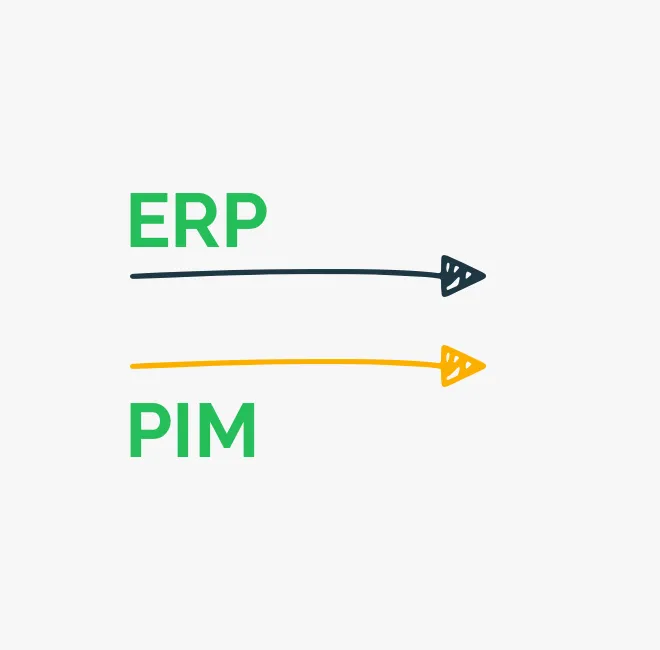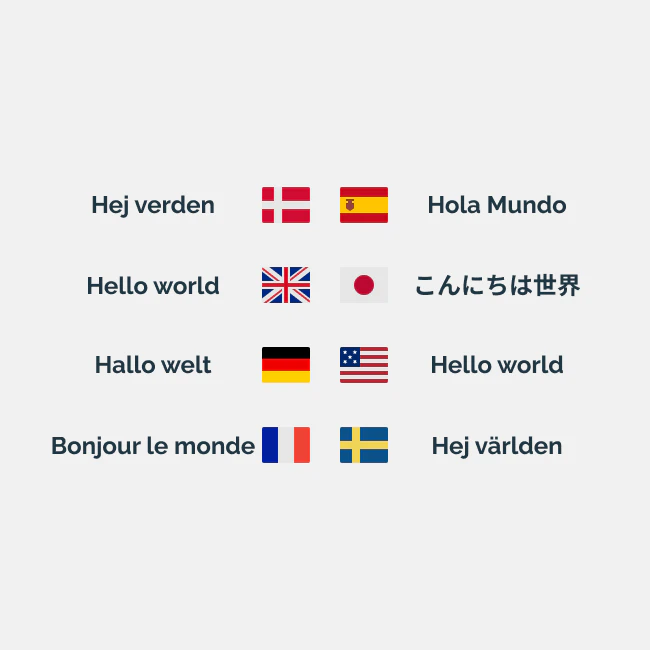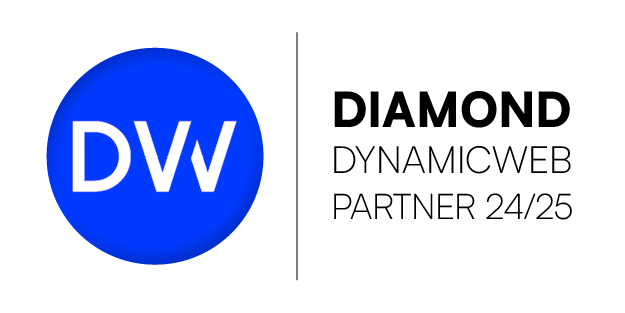What is Product Information Management (PIM)?
PIM is an abbreviation for Product Information Management. The focal point of PIM is the work with product data - the data your users base their purchase of your products and services on.
A PIM system such as Perfion or inriver ensures that your work with acquiring, accessing, enriching and publishing product data is as efficient as possible.
By displaying the right product data to your customers, you cater to the 80% of modern consumers who research online before making a purchase. You get a faster time-to-market, streamlined processes, greater data maturity and far fewer errors. And it impacts your bottom line
Why is PIM important?
In 2017, The Economist published an article entitled: "The world's most valuable resource is no longer oil, but data". Therefore, it is no surprise that companies are experiencing that their data volume is growing every year.
A PIM system gives you the opportunity to gather all your product data in one system, regardless of how many variants, languages, brands and the like your portfolio of products may consist of.
With a PIM system, you get a "single source of truth" where all your product data can easily be enriched and used across all the platforms and stakeholders you may have.
Collect your product data in one system and get a Single Source of Truth
A PIM system's most important task is to gather all product data in one central system. This gives you a single source of truth - a single place where product data is created, enriched and shared from.
Thus, the PIM system eliminates the risks of errors associated with having your product data distributed across e.g. Excel sheets as well as Digital Asset Management and ERP systems. None of these systems are built to handle the complexity that a large product range can contain.
A PIM system is built to communicate data to a number of other channels. Therefore, it is not negative to gather all your data in a PIM system. A well-configured PIM solution can easily be integrated with other data sources (e.g. webshops, social media, industry databases, etc.), making import, export, catalog creation, etc. easy.
Benefits of centralizing product data in a Product Information Management system
When you centralize your product data in a PIM solution, you will experience the following benefits:
- Overview of all data (a PIM system provides a great overview of the company's product data, as all data can be displayed across data types (number, text, image, file, etc.))
- Easy access to all product data for both internal and external users
- Central overview of data quality (lack of data quality can e.g. be visualized via "red traffic lights" in the PIM system)
- Control over data corrections via rights management and history
- Overview of "Products in Channels" (such as: E-Com, Catalogues, Campaigns, etc.)
Integrations optimize your processes and give you more time on your hands
PIM systems are designed to communicate with other systems via integrations. This makes it easy to get product data from your Product Information Management solution into other channels (ERP, Byggebasen, data for suppliers, PLM systems or similar).
The typical endpoints for product data are catalogs, webshops, suppliers, image databases, social media and industry databases - but the list is much longer. With PIM as the only product data system in your portfolio, a number of other systems are replaced by integrations, and you now only have to focus on enriching product data in one place.
We are specialists in PIM, ERP, SQL og.NET, and can therefore see through most architectures, so we know where we can create value together with you.
Get a faster time-to-market with a PIM system
Typically, errors in data or missing data occur because the processes around acquisition, enrichment and publication of data are inappropriate. This creates unnecessary friction between the people who work with data, as responsibilities and tasks are rarely clearly defined.
With a PIM system, these frictions are reduced as all data lives in the same system. This makes it possible to create checkpoints, automatic notifications and other task and workflows that support the work with product data, so that you avoid unnecessary conflicts and errors in data.
As a result, you can get your products to market faster, where your customers are waiting for them.

From ERP to PIM - or a colab on both
We help companies get their ERP connected to PIM. Through more than 60 PIM implementations in Europe, we know that the combination of standard ERP and standard PIM forms the strongest foundation for good product data.
If you already have an ERP system, we can help you integrate this with a PIM system, so that you can enrich your transaction data with product data.
If you are about to start the ERP journey, we recommend that you implement these systems in parallel.

SCALE INTERNATIONALLY
Get an overview of all languages
When a product portfolio is to be launched in new markets, the complexity of product data increases. Not only do this require linguistic variants of all products and their data - different units of measurement, date formats and currency must be taken into account.
With a PIM system, language versioning is easy to handle with the right setup. For example, it is possible to set up automatic checks of language versions, send automatic emails to your translation agencies when are missing, and the like.
With a PIM system, you can thus enter new markets faster and with more control
Our thoroughly tested PIM implementation
We have launched over 60 installations and are confident that this project model works
Pre-analysis
We do a thorough pre-analysis of your data foundation, your business model and which PIM system could suit your needs and budget.Contract negotiated and settled
Together we draw up a contract that specifies our cooperation and which deliveries you can expect, when and at what price.Project start
We are hosting a workshop with you where we will officially start the project. We dream up the envisioned result together.Thorough analysis
We go in depth with your product data, your use of the data and which data suppliers and recipients you have in the company. Here we become extremely knowledgeable of you.We configure 3 product categories
We set up three product categories based on our analysis and close interaction with you. When we reach a common satisfaction with the configuration, we move on to data conversion.Data is converted
We pull a rake through your data and import it into your new PIM system so that the three product categories presents themselves as good templates for you to work from.We test
We test that the system, import, export and any integrations work as we expect and have agreed with you.You approve the solution
We present our solution and you give your acceptance that we have delivered what we agreed at the start of the project.Training
We come out to you and guide your employees to use the system. We do different courses for different professions.
Remaining item categories are created
Now you have the system in your hands and with the three template categories that we made, you set up the rest of your categories yourself. Unless you prefer that we perform this task.You test
You test yourself whether your new categories behave as expected and whether any corrections are to be made based on this.The PIM system goes live
Your new PIM system goes live with a bang (or in utter silence) and your colleagues, customers and partners are jubilant.



